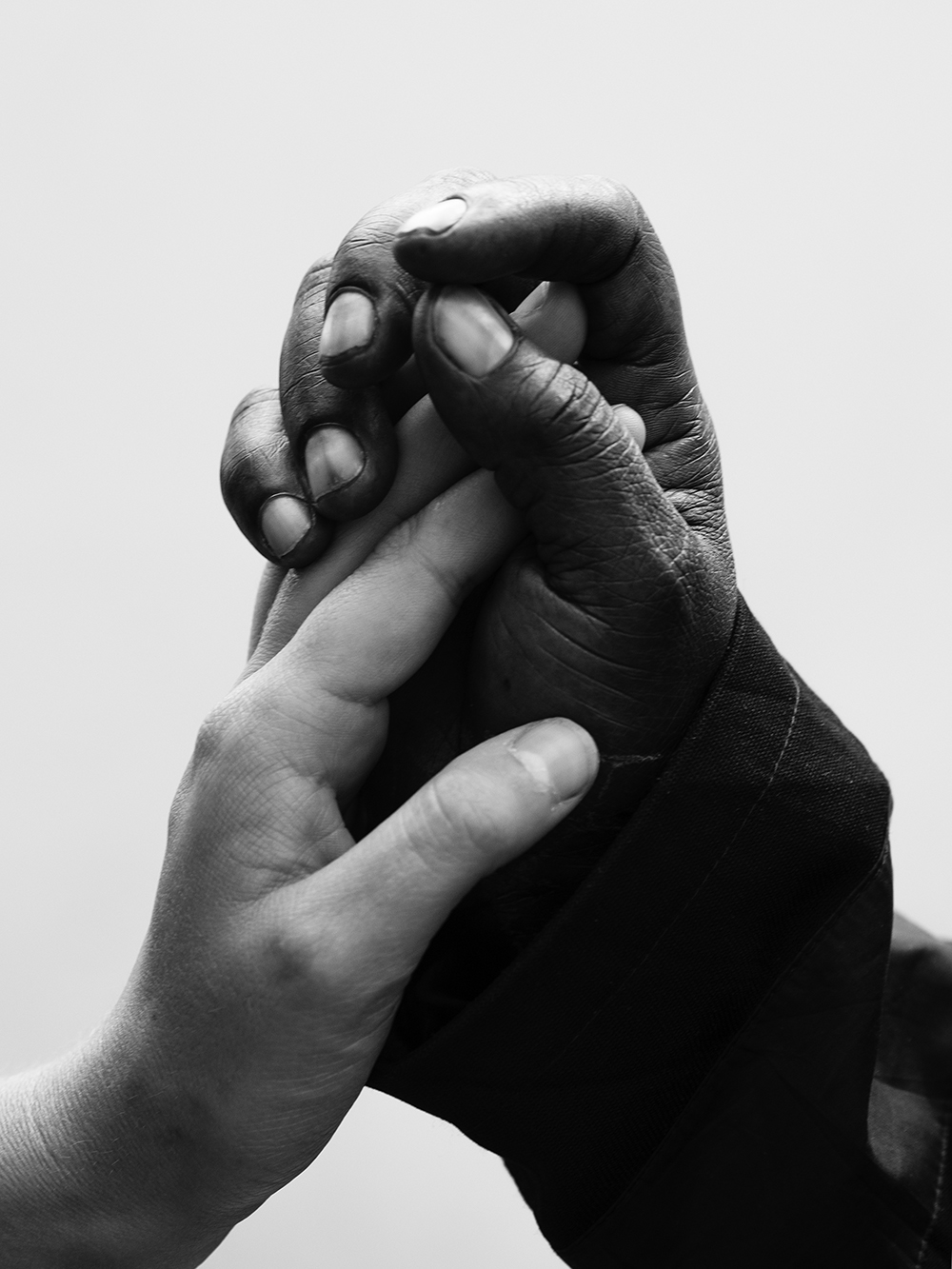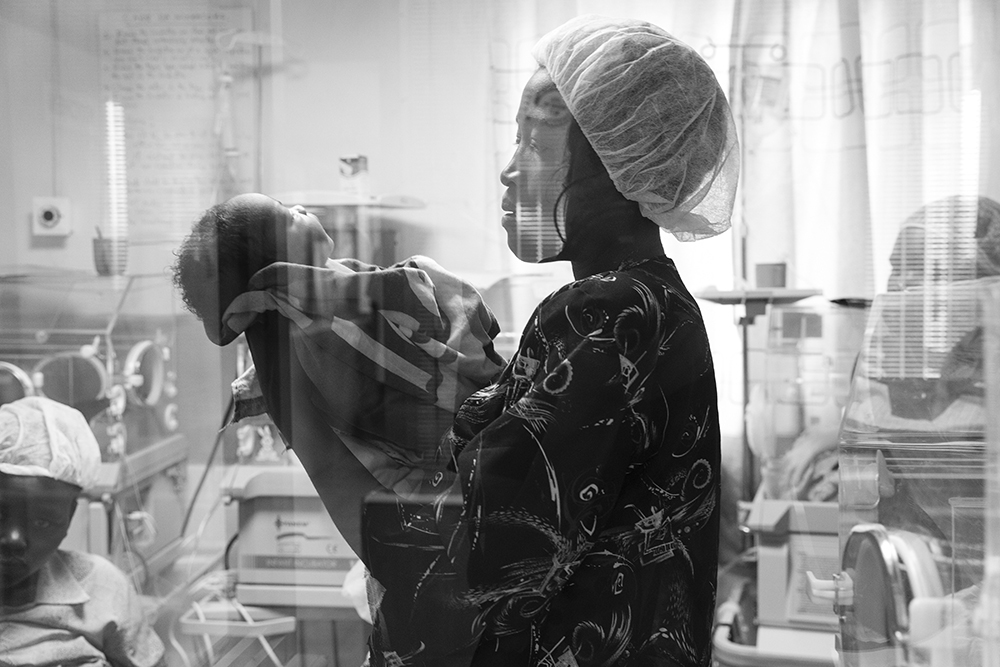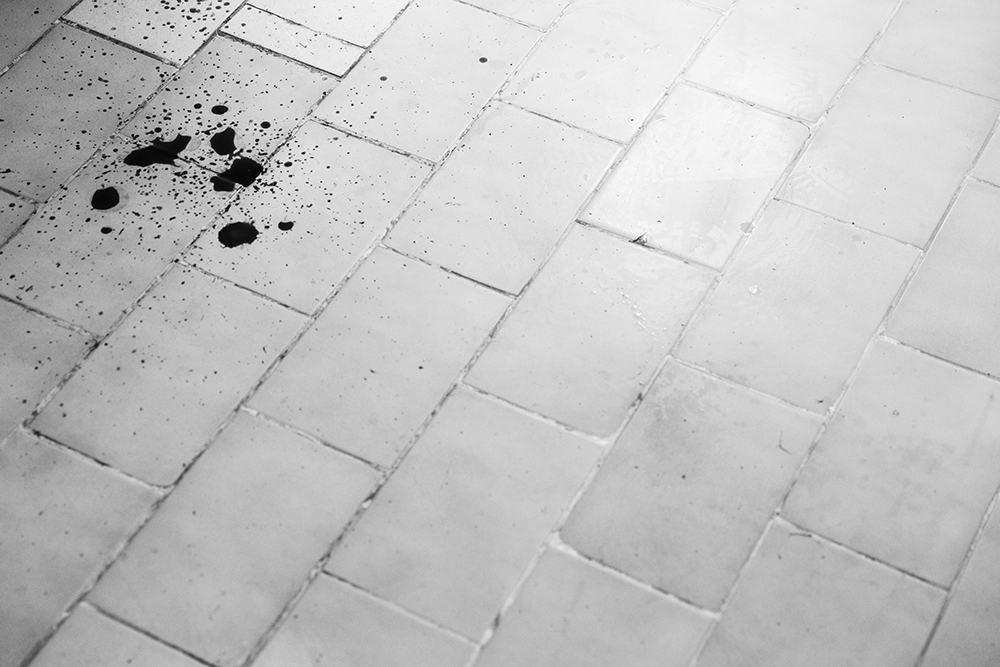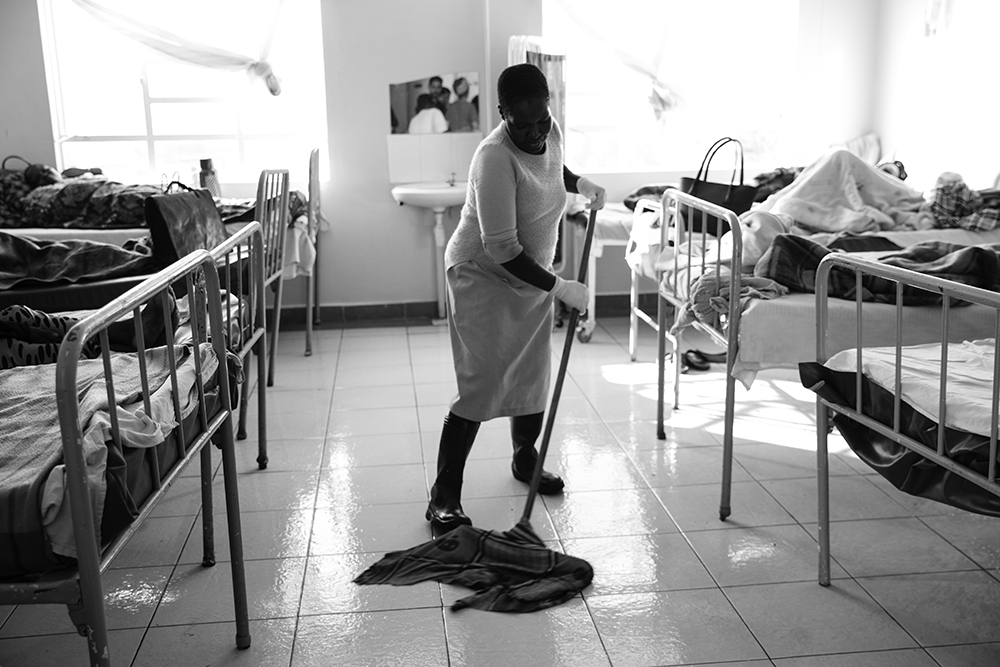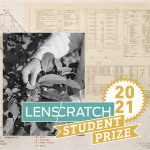The CENTER Awards: The Me & Eve Award: Lori Hawkins
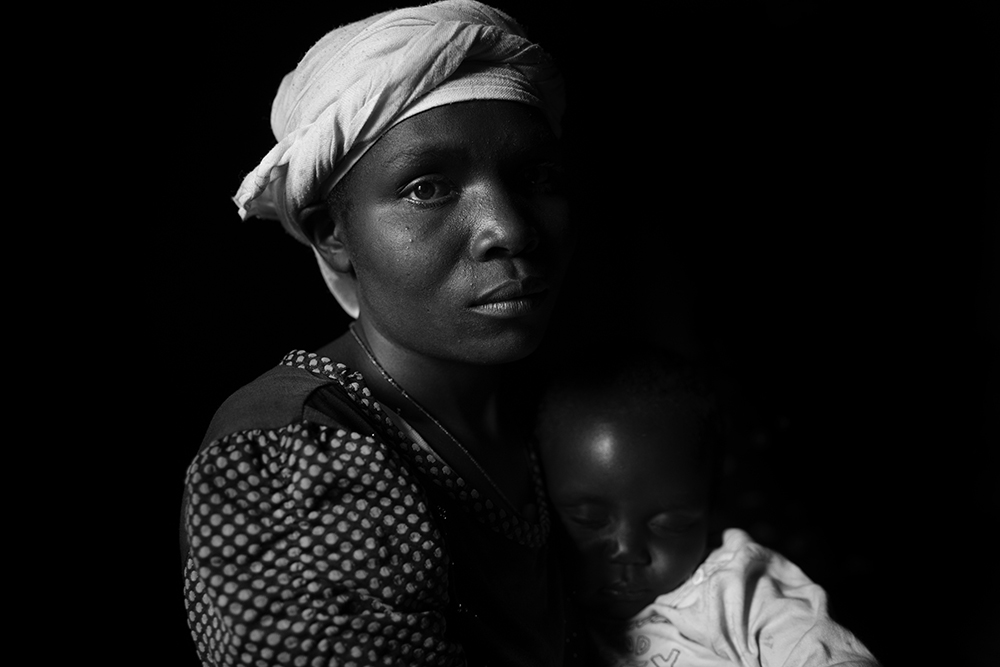
©Lori Hawkins, Celina Nanjala at her home in West Pokot. Celina arrived at the Keringet community health center for antenatal care where she consented to participate in the preterm birth study. She was evaluated and was diagnosed as preterm positive. She was injected with steroids to enhance fetal lung development and also given daily prenatal vitamins. She stayed at the maternity waiting home (MWH) adjacent to Kapenguria Hospital where she was closely monitored. As predicted, she delivered preterm twin girls and was later discharged with her two healthy daughters. Sadly one of her babies died a few months later from pneumonia.
Congratulations to Lori Hawkins for being selected for The Me & Eve Award recognizing her project, Too Far to Walk. The Me & Eve Award is in partnership with photographer and alum, Dorie Hagler, and offers a new $5,000 award for a female photographer, 40 years of age and over, who uses their camera to address social justice.
Juror Kathy Ryan, Director of Photography, The New York Times Magazine shares her thoughts on her selection:
It has been a privilege to judge the inaugural Me&EVE Award for women over 40. It is refreshing to see an award supporting work by women in mid-career. The quality of the work was very high. It was clear that these women photographers brought tremendous experience, commitment, and passion to their projects.They covered a wide range of subjects.
Of particular note were the photo essays on maternal mortality in Kenya; poverty, homelessness, and the working class in the U.S.; Gold Star families in the U.S.; teen pregnancy in Rwanda; and water pollution in Texas. There were strong documentary photo essays addressing ongoing international crises such as migration, displaced persons, and refugee camps. Some of the portfolios dealt with very personal stories, such as a man’s struggle with schizophrenia, a girl’s ongoing medical journey dealing with a spinal condition, and a series of still lives illustrating a year of personal vulnerability. Some of the submissions were features representing contemporary life, such as a series of portraits of interracial families and a series of formal portraits of fast food workers.
The high level of quality and diversity of subjects made the task of choosing one photographer quite a challenge. I chose Lori Hawkins for the Award for her powerful photo essay documenting the issue of maternal mortality in West Pokot, Kenya, titled ‘Too Far to Walk’. This difficult subject is vividly portrayed with clarity and empathy by Hawkins. She tells this important story with sensitivity and boldness.
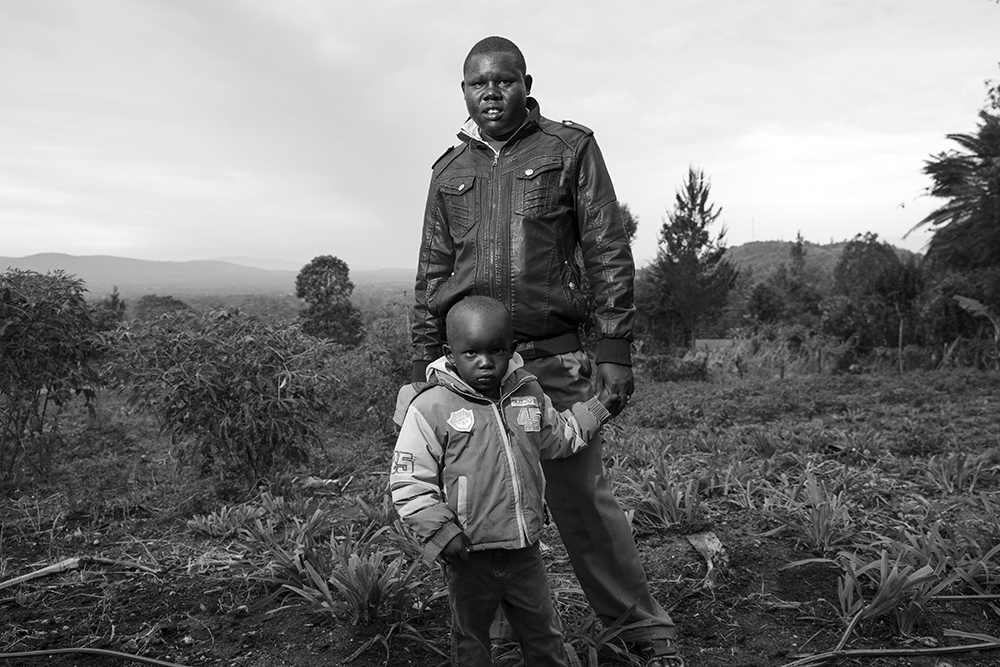
©Lori Hawkins, William Lokir stands with his son, Elias Korir. William’s wife, Leah Lokir, died on February 19, 2018 while giving birth to their baby Bahati Chesista. William is now the caretaker of their 8 children.
The longtime director of photography at the New York Times Magazine, Kathy Ryan has been a pioneer of combining fine art photography with photojournalism in the pages of the magazine. She has worked with the world’s best photographers, across all genres of photography. Ryan regularly brings new talent into The NYTimes Magazine’s pages. During her time there, the Magazine’s photography and videos have been recognized with numerous awards, including National Magazine Awards, SPD Gold awards, and Art Directors Club awards. Ryan led the team that produced Emmy award-winning videos in 2011 and 2012.
In 2012, Ryan began posting on Instagram her images of the poetry and beauty to be found in the office life at The New York Times. She currently has 110,000+ followers. A book of these pictures, Office Romance, was published by Aperture in 2014, and an exhibition of this work was shown at the Howard Greenberg Gallery in NYC in May 2016, the SpainMedia Gallery in Madrid in April 2017, and in Bologna, Italy in October 2015 as part of the Foto Industria festival. She is represented by Howard Greenberg Gallery.
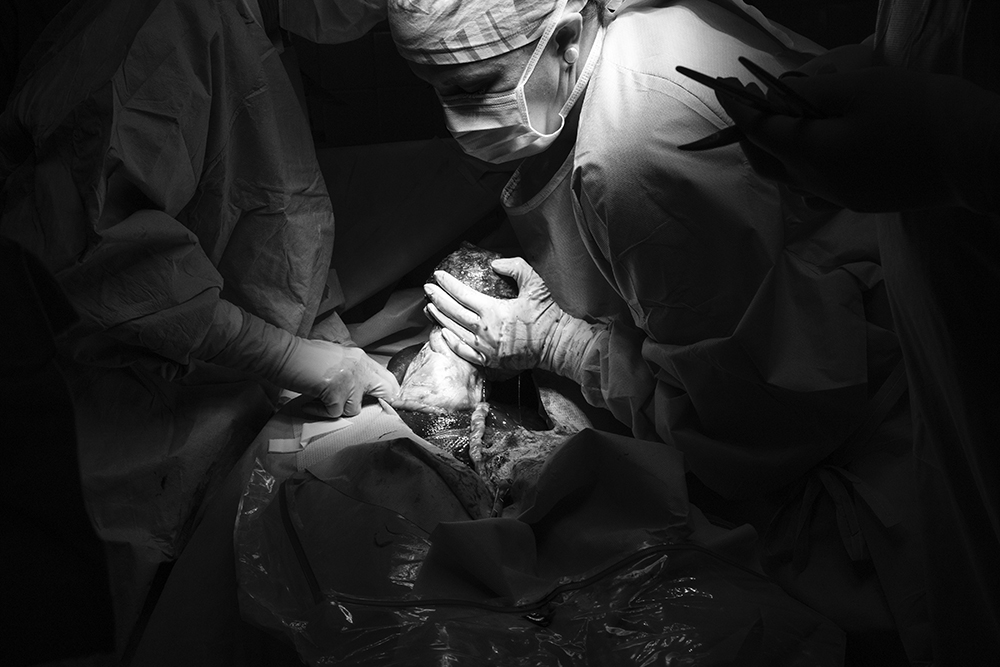
©Lori Hawkins, Faith, 37 weeks pregnant with twins, presented after her water broke but she was not yet in active labor. She went into the Operation Room for a cesarean section. Drs. Tara Shirazian and Noel Strong successfully performed the c-section. Iz (girl) and Jayden (boy) and Faith were all happy and healthy.
Too Far to Walk
Too Far to Walk is a maternal mortality story. It’s a story of the women of West Pokot and their struggle to stay alive, to survive childbirth, a right all women should have. On average, one woman or girl dies due to complications from childbirth every two minutes. 75% of these deaths could be prevented with access to low-cost basic sexual and reproductive healthcare.
The women of West Potok in Kenya suffer disproportionately from poor access to health services, discrimination, and at times, victimization by harmful traditions. Many of them are affected by Female Genital Cutting (FGC), early marriage and early motherhood. Each of these practices can result in a variety of harmful complications to both babies and mothers. Kenya is considered the most dangerous place in the world to be pregnant.
In West Pokot, women have to walk miles to reach any type of maternal health care, then when they arrive and they find there’s no electricity, no doctor, no midwife, no nurse. More than 360,000 women die in childbirth every year and 98% of those deaths are preventable.
In this day and age with the #metoo movement reshaping the modern conversation around gender and fairness, the women of West Pokot need their story told.
My work aims to find the middle ground between news and documentary; where the viewer will be both informed and challenged into action.
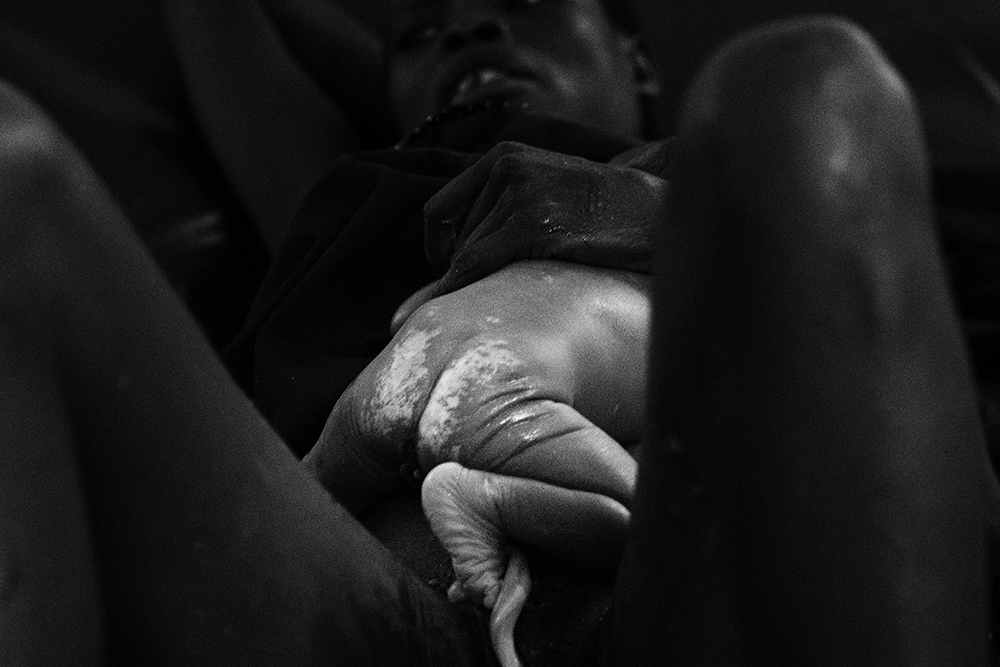
©Lori Hawkins, Joyce delivers a healthy baby at the Kapenguria County Referral Hospital. Although the baby was healthy Joyce nearly hemorrhaged to death, luckily she delivered at the hospital and not at home like most mothers do in West Pokot, Kenya.
Lori Hawkins is a New York-based photographer. After years of working at Kodak and other photography-oriented businesses she turned to pursue her personal vision as a documentary photographer. She is drawn to issues at the intersection of human rights, post-conflict development and the empowerment of women in marginalized societies.
Some of her recent work includes capturing Liberia’s ongoing transition to democracy, following the civil war and the Ebola epidemic and capturing the work of doctors in rural Kenya battling high rates of maternal deaths during childbirth. Her work aims to find the middle ground between news and documentary; where the viewer will be both informed and challenged into action.
Lori’s work has been published in the Wall Street Journal, New York Times, South China Morning Post, Burn Magazine, among others.

©Lori Hawkins, Meet Iz. She was the smaller of Faith’s twins and despite having a low apgar score hours after birth she was kicking through the blankets and making herself heard at the Kapenguria County Referral Hospital.
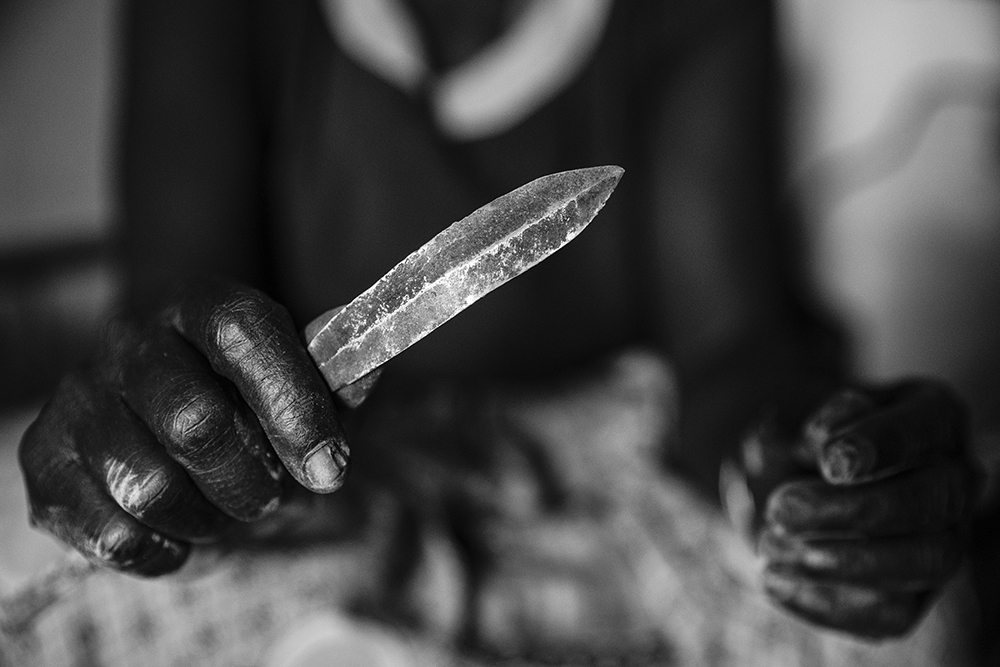
©Lori Hawkins, A woman that once performed female genital mutilation (FGM) holds the tool that she used to perform the FGM with in West Pokot, Kenya.
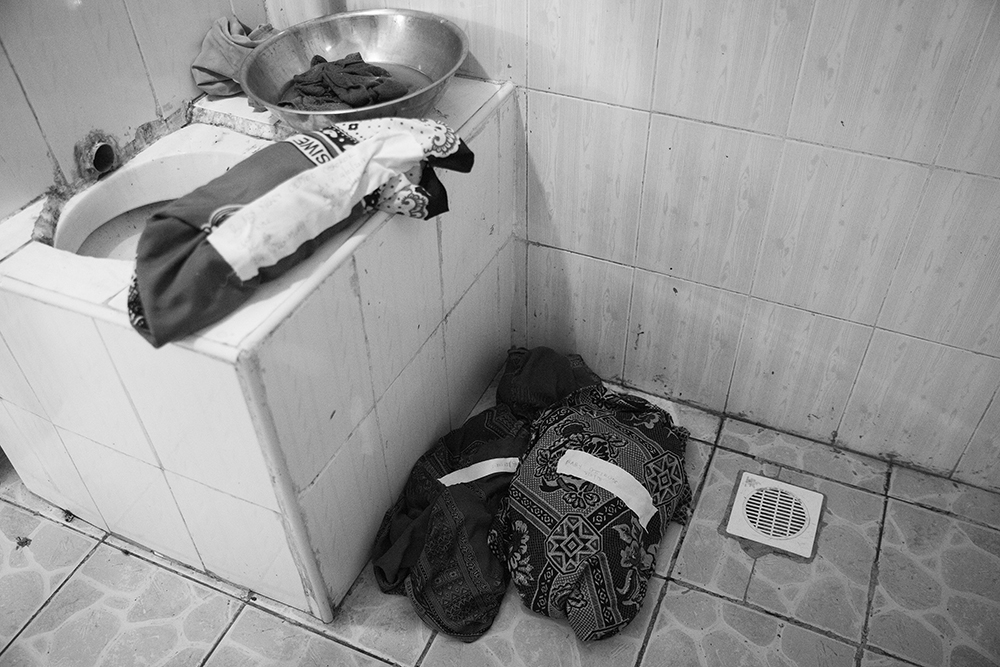
©Lori Hawkins, Stillborn babies lie in the delivery room at the Kapenguria County Referral Hospital in Kapenguria, Kenya. The day of birth is potentially the most dangerous time for mothers and babies. Every year, worldwide, 343, 000 women die during pregnancy and 2.6 million babies are stillborn. Most stillbirths and neonatal deaths are preventable with quality health care during pregnancy and childbirth. Saving Mothers believes that the vast majority of these deaths can be prevented through the education of birth attendants and other healthcare providers in underserved communities, and the design and implementation of low-tech, low-cost interventions like our post-partum hemorrhage kits and safe birth kits.

©Lori Hawkins, Sandra, a new patient of Saving Mothers is seen in the screening room at Kapenguria County Referral Hospital. She described the symptoms she had been experiencing in addition to other health issues.
Posts on Lenscratch may not be reproduced without the permission of the Lenscratch staff and the photographer.
Recommended
-
Arnold Newman Prize: C. Rose Smith: Scenes of Self: Redressing PatriarchyNovember 24th, 2025
-
Celebrating 20 Years of Critical Mass: Cathy Cone (2023) and Takeisha Jefferson (2024)October 1st, 2025
-
Celebrating 20 Years of Critical Mass: George Nobechi (2021) and Ingrid Weyland (2022)September 30th, 2025
-
Celebrating 20 Years of Critical Mass: Amy Friend (2019) and Andrew Feiler (2020)September 29th, 2025
-
Celebrating 20 Years of Critical Mass: Jennifer McClure (2017) and JP Terlizzi (2018)September 28th, 2025


